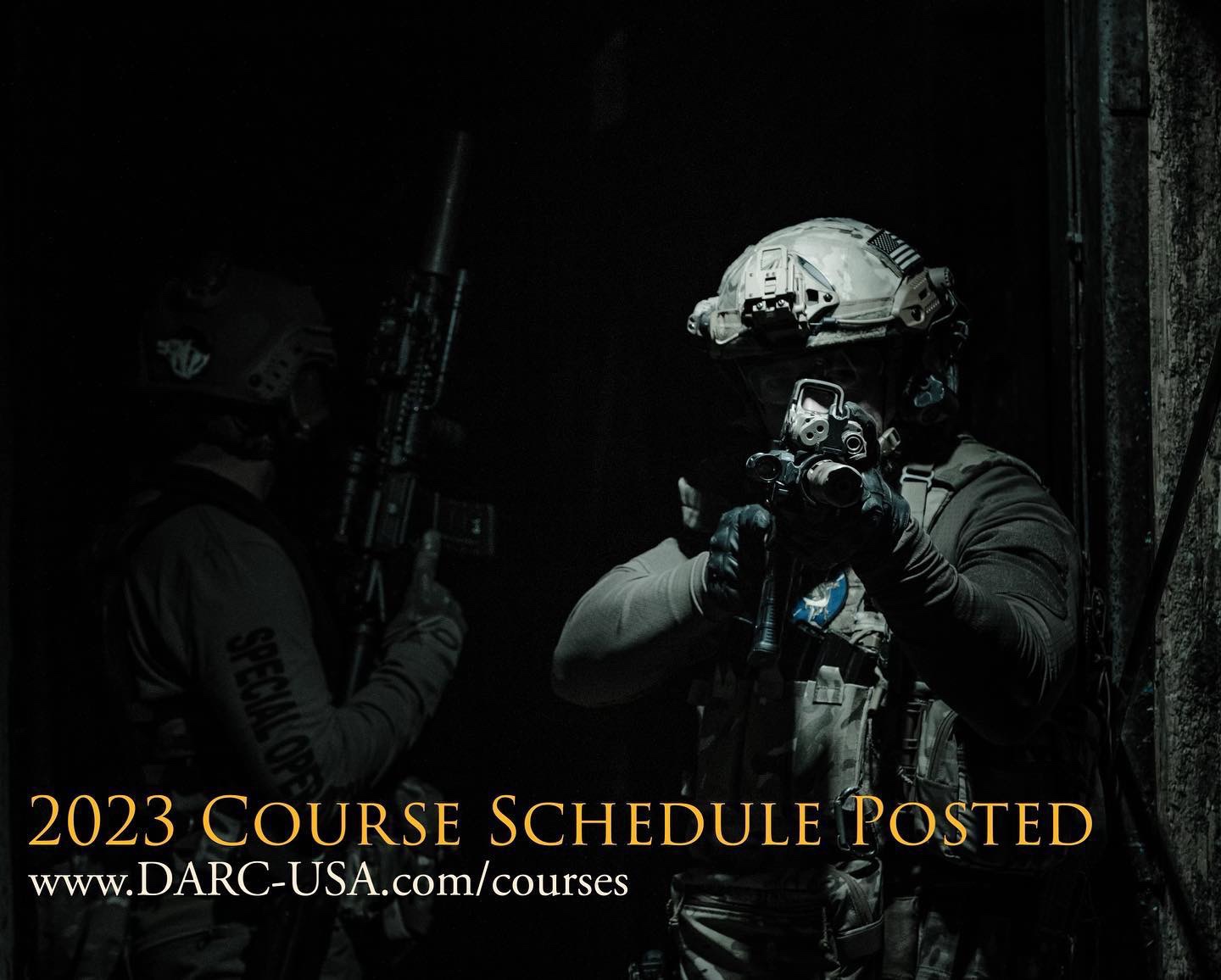
2023 Courses posted on www.DARC-USA.com/courses. More dates to be announced.
Trainshot has designed an interactive live-fire robot to enhance your training. This unique system combines speed and tech to make it the most mission capable robot available. The robot when used in combination with the Trainshot app will allow you to create a truly customizable training experience.
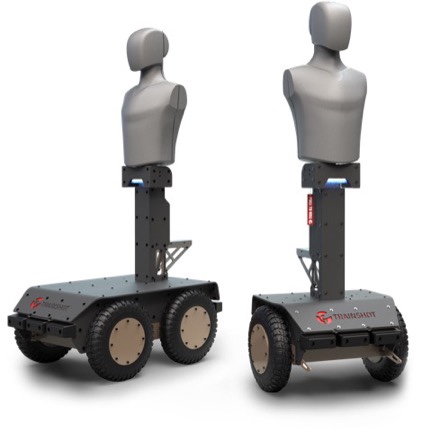
The Trainshot robot utilizes pre-programmed features including; Random Mode, SWARM, or GPS Waypoint Mapping to meet your mission-specific training needs. Features on the app include free shooting mode so you can work on everything from reflexes, precision, drawing, or reloading skills. The app also features missions for all skill levels. Users can even track their progress in real time eliminating wasted time down range trying to find shots on paper.
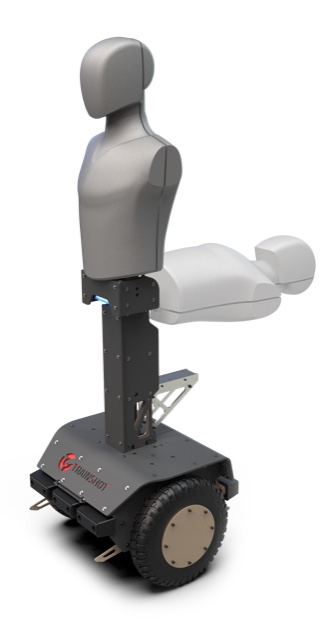
The robot is available in two different versions; a self-balancing two-wheel is ideal for indoor use and a rugged four-wheel version for outdoor and off-road capability. Both robots feature flat-proof, foam-filled tires, with a max speed of up to 10 mph for the two-wheel robot and 15 mph for the four-wheel version.
The Trainshot robot utilizes a proprietary lightweight self-healing foam body target which can detect three unique zones. It also features a pop-up mechanism ideal for shoot/no-shoot scenarios. The robot body is protected with a Hardox 500 Frame and an anti-ricochet Ballistic Rubber plate designed to hold up to 7.62×39 or 5.56 mm calibers (capable of being upgraded to 7.62×51 or greater) and a self-healing four-color ultra-bright 36W LED module is used. A rechargeable lithium-ion battery ensures a runtime of 8-12 hours.
Everything on the robot is controlled with the app which, can be used with single or multiple targets. The app provides shooters real-time scores, hit zones, and reaction times. Indoor waypoint mapping of your robot is set up using a special computer vision- 3D navigation, so no GPS is required. The robots are compatible with Trainshot static targets allowing for use of both during the same training session. You can also use multiple robots to drive in formation. A long-range radio allows for a range of up to 1,000 meters/3,300 feet for static targets. The system can easily be broken down for transport, with the two-wheel weighing 110-150 lbs. and the four-wheel weighing 150-200 lbs.
For more information, please visit www.trainshot.com.
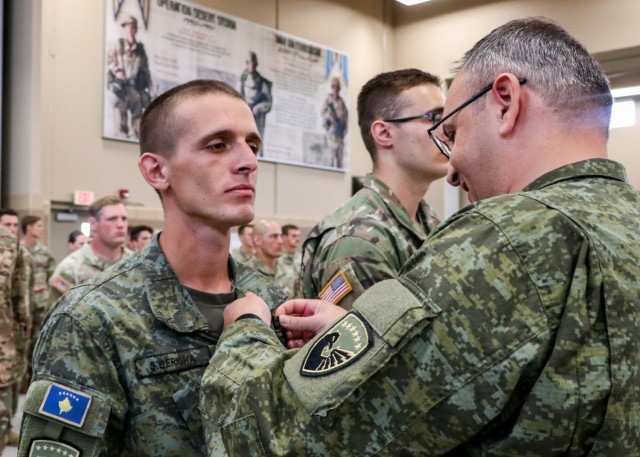
JOHNSTON, Iowa– Two Kosovo Security Force members made history by becoming the first KSF soldiers to graduate from a U.S. Air Assault course Sept. 9, 2022, at Camp Dodge in Johnston, Iowa.
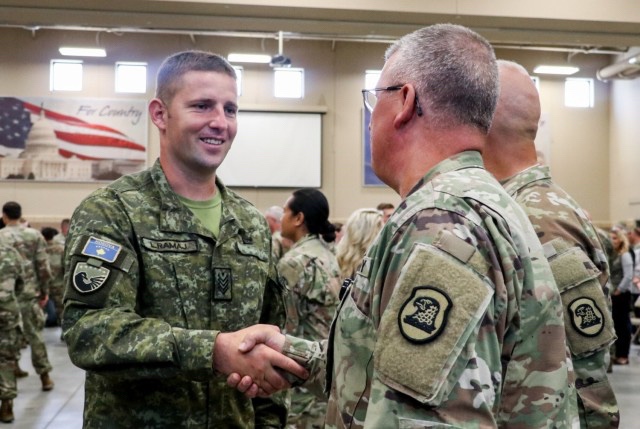
Maj. Gen. Ben Corell, the Adjutant General of Iowa National Guard, along with representatives from the Des Moines Consulate of the Republic of Kosovo and senior KSF leadership, were present to congratulate Pvt. Sead Berisha, a psychological operations soldier, and Staff Sgt. Lorik Ramaj, a civilian affairs soldier, on earning their U.S. Air Assault badges. Sead and Ramaj stood at attention alongside U.S. Soldiers and Airmen as their mentors and loved ones pinned them with their “wings” on graduation day.

On the first day of the course, Berisha described feeling strange being in a different uniform from the U.S. service members surrounding him, but said that his fellow students were approachable and encouraging.
“It’s my first time in the U.S. and in Iowa, and I feel really special to be here,” said Berisha.
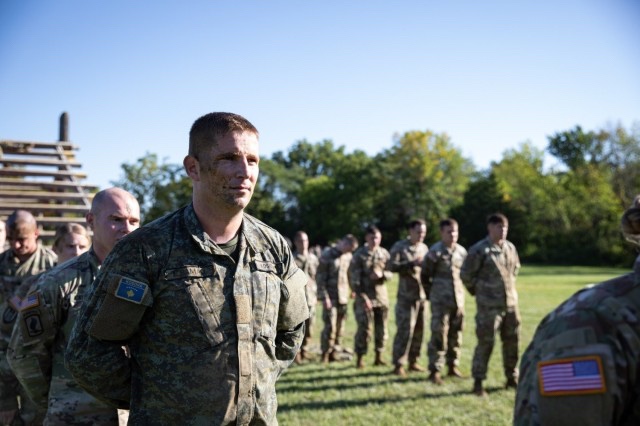
Berisha and Ramaj represent their countrymen in their admirable achievement but also the flourishing National Guard State Partnership Program that joins Kosovo and Iowa in military-to-military engagements in support of defense security goals and cooperation objectives that also foster cultural exchange.
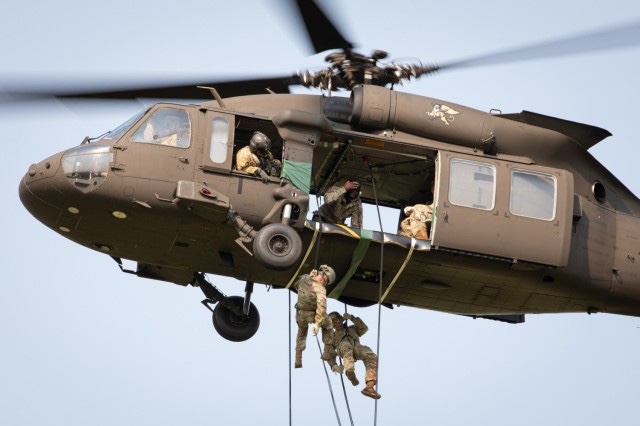
Over 290 service members converged at the post to earn the coveted Air Assault Badge, Pathfinder Badge or title of Rappel Master throughout August and September.
It was the first time in four years that Mobile Training Teams based out of the Army National Guard Warrior Training Center at Fort Benning, Georgia, traveled to Camp Dodge to teach the courses. The cadre led the Soldiers and Airmen through grueling tasks that were both physically and mentally challenging.
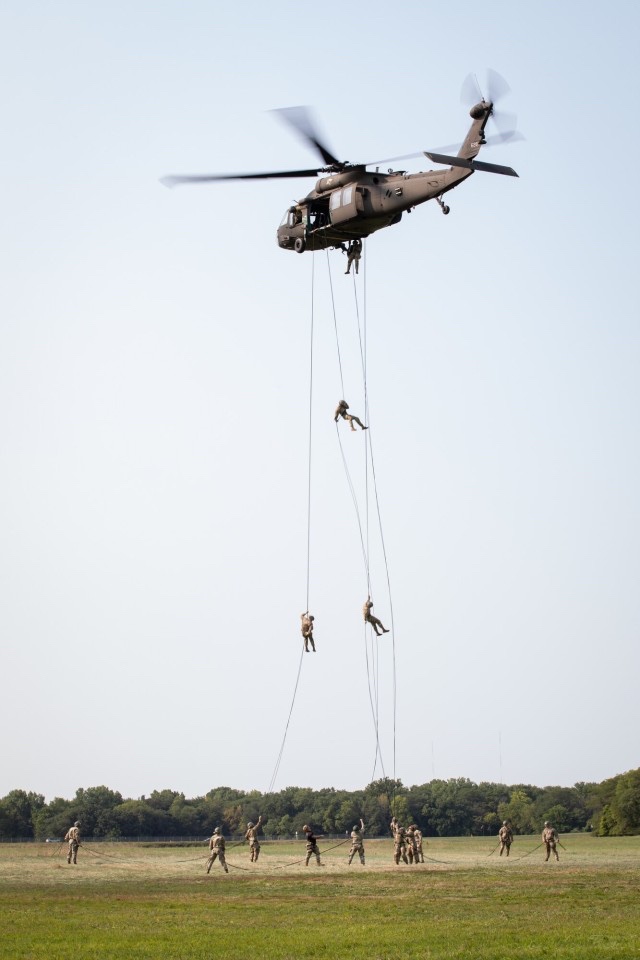
The U.S. Army Air Assault course trains service members across all branches in sling load operations and rappelling, as well as being a true test of grit. It includes phases that test not only their technical aptitude, but their ability to negotiate a tough obstacle course between repetitions of various exercises and — for those who pass all other tests — finishes with a timed 12-mile ruck march.
As for the Pathfinder course, a 2020 Army Times article stated the course would get the axe as projected at the time, but Sgt. 1st Class Josh Ludecke said that’s not the case. Ludecke is the primary Pathfinder instructor assigned to Company B, ARNG WTC.
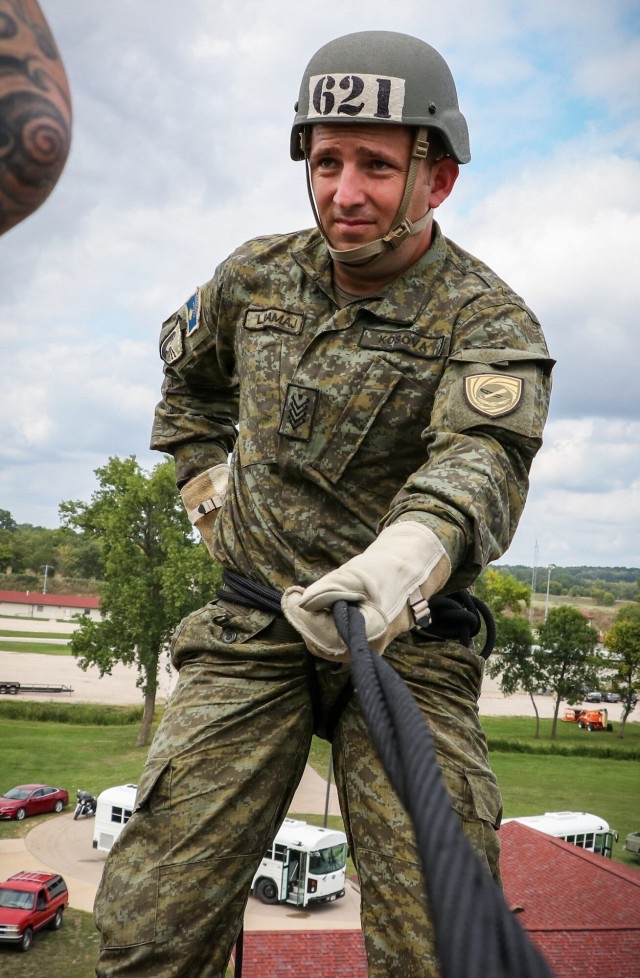
“We’re still here for the Army National Guard, and our training center has absorbed executive agency of the Pathfinder school,” said Ludecke. “We’re doing things that we can to fit [the course] more toward the force we need.”

1st Lt. Tanner Potter is an Iowa National Guard Soldier currently serving on active duty orders as the executive officer of Company B, ARNG WTC. He explained the difference between the Army’s Pathfinder and Air Assault courses.

“Pathfinders are able to be off on their own establishing drop zones and can go in ahead of a unit,” said Potter. “It’s just extremely in-depth, almost like college-level classes. Air assault is much easier for younger Soldiers to understand, strictly focusing on tower rigging and rappelling, that sort of thing.”
Each course has overall objectives and knowledge that culminates with each skill level. Air Assault is meant to lay the foundation for Pathfinder as well as the Rappel Master course, which is currently being held at Camp Dodge.

Sgt. Briton Ensminger, a cavalry scout with Troop A, 1st Squadron, 113th Cavalry Regiment, IANG, said the Pathfinder course involved “very, very rigorous studying.” Yet, the long hours of mental strain paid off when he earned his badge on graduation day alongside his twin brother, Sgt. Bergen Ensminger, and was pinned by the primary Air Assault instructor. The Ensminger brothers are from Mount Pleasant, Iowa.

“The non-commissioned officer-in-charge of Air Assault is an old squad leader of mine [from] when I deployed,” said Ensminger. “He got to pin on my torch for me, so that was pretty cool.”

The Rappel Master course at Camp Dodge, which also offers a valuable and specialized set of skills focusing on aircraft rigging and rappelling, is set to graduate approximately 27 service members Sept. 15. This will close out a significant joint training event that gives service members a chance to both stand out and stand together with others who’ve earned these skills and badges.
Story by SSG Samantha Hircock
Photos by SSG Tawny Kruse
Fredericksburg, VA, September 12, 2022 – Team One Network announced their collaboration with Smith & Wesson to provide Smith & Wesson armorer training on the S&W M&P and M2.0 pistol as well as the M&P 15 rifle to military and law enforcement personnel.
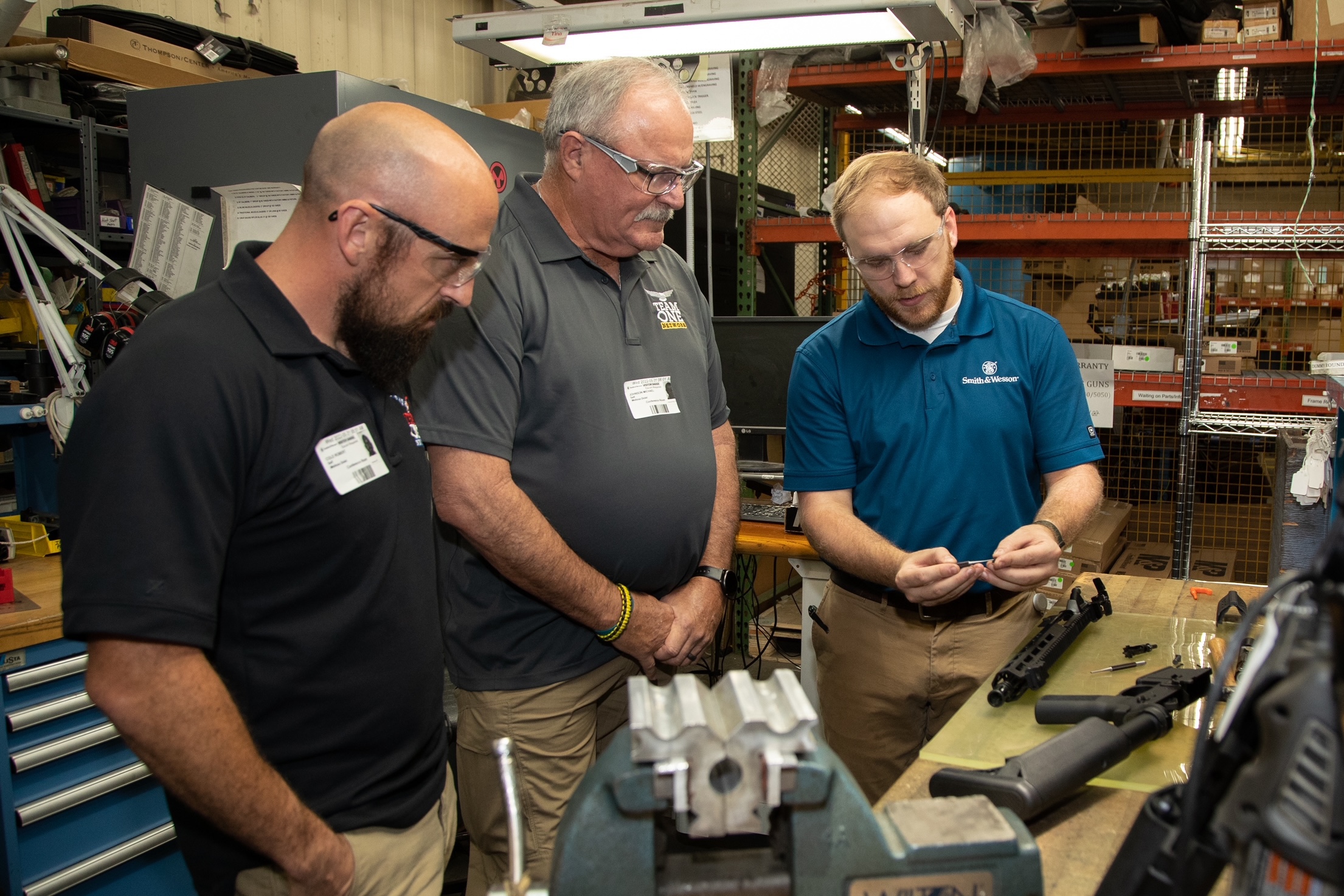
Smith & Wesson armorer courses taught by Team One Network will focus on nomenclature, field stripping and maintenance, safeties and safety checks, detailed disassembly, troubleshooting and minor repairs. All armorer courses will be 1 day/ 8-hour courses. Students will be provided with both the weapon and all required tools to complete the course.
“Smith & Wesson is committed to the after sales support of our professional customer base.” Said S&W’s Matthew Fehmel, Senior Director of Global, Professional & International Sales.
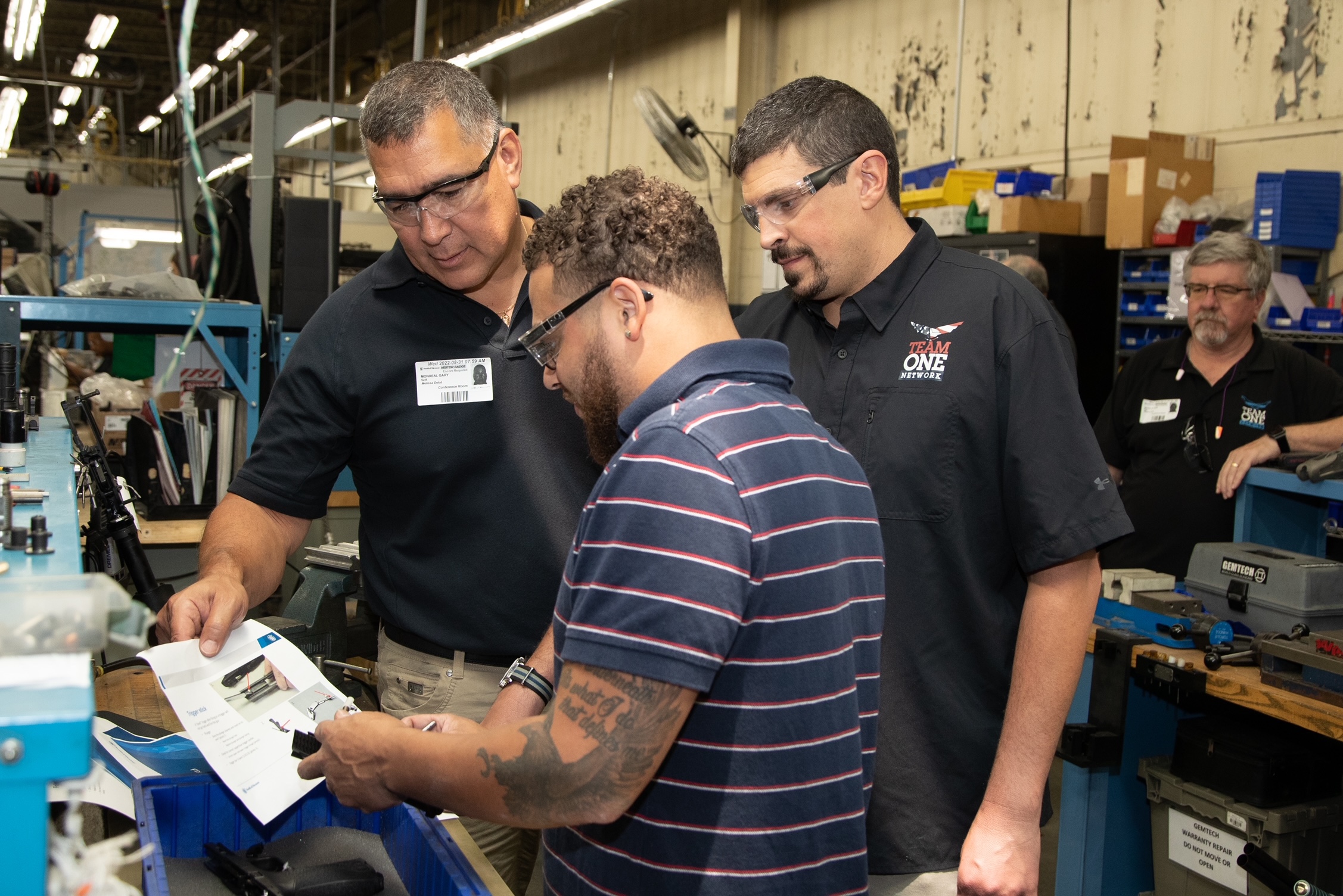
“Our partnership with Team One Network helps us extend our reach and deliver world-class maintenance instruction to meet the needs of all of our customers in a timely manner.”
“We are honored that Smith and Wesson has selected Team One Network to provide armorers training programs for them,” said John T. Meyer Jr., President of Team One Network. “Our team of armorer instructors have more than 100-years of combined armorer experience. Their passion for the firearms is rivaled only by their desire to train.”
Team One Network has the ability to bring Smith & Wesson armorer training to any location for group or department training. They also welcome individuals to attend scheduled events across the country.
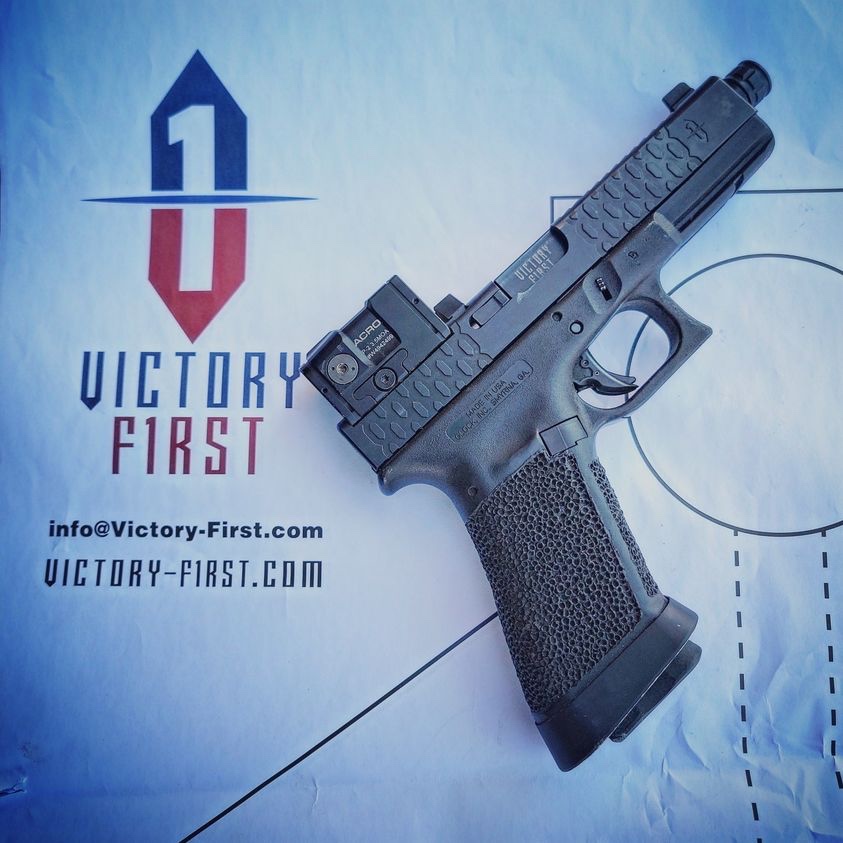
Victory-First was selected to teach the first Montana Public Safety Officer Standards & Training (P.O.S.T) approved RDS (Red Dot Sight) Handgun Instructor Course sponsored by the Montana Law Enforcement Academy. Law Enforcement firearms instructors from several agencies from across the state met to attend the three day event in Helena Montana. Victory First also conducted an additional Red Dot for Law Enforcement Operator course for two days after the Instructor course to introduce those who were new to or looking to gain some experience with an RDS equipped handgun as it applied to Law Enforcement. The Montana State Attorney General, Austin Knudsen was among the participants in the pilot course.
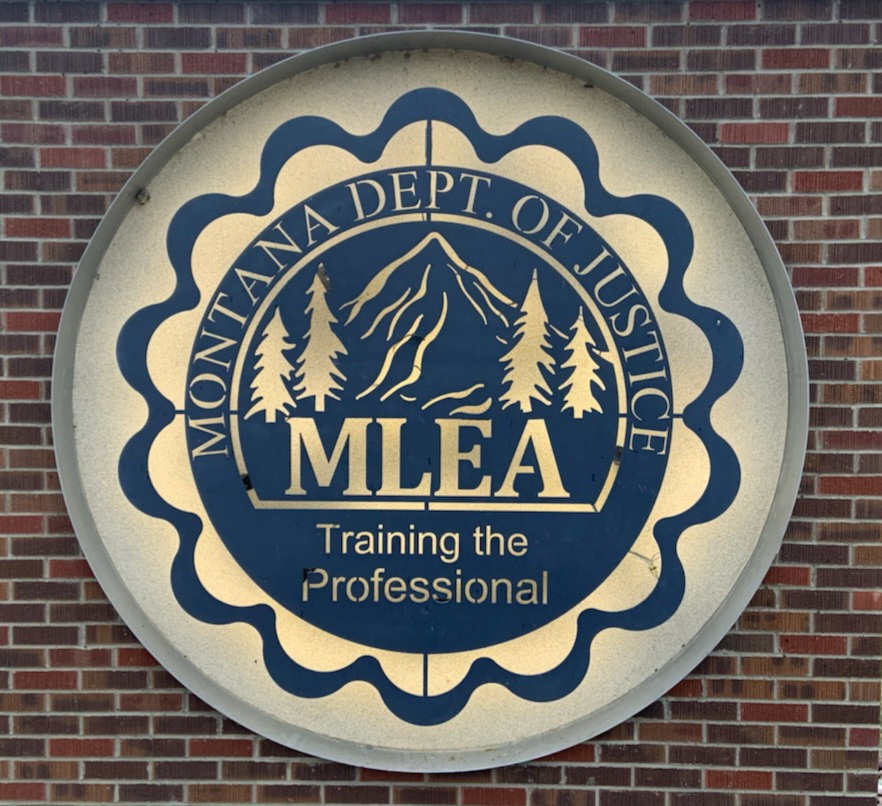
The Rangemaster for the Montana Law Enforcement Academy Michael Dale said “The training events were a huge success and we have already started plans for the future to have more scheduled events that will offer experienced Instruction to Montana Law Enforcement across the state.”
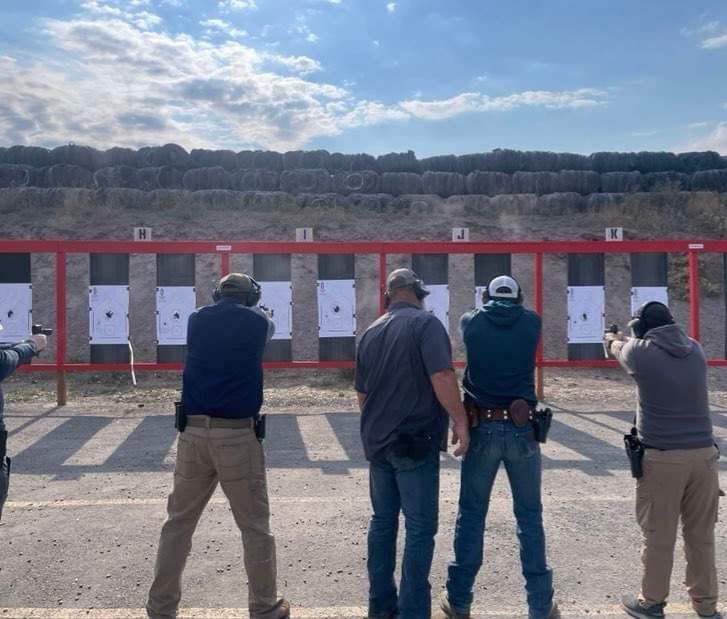
“It is always a privilege for me to help Law Enforcement continue to progress and improve their policies and programs.” Matt Jacques, Owner of Victory First stated. ” I am honored that the staff of the Montana State Academy asked me to provide a foundation for their education to propel their RDS handgun program forward. It was an honor to have the Attorney General in attendance and to participate in the complete event as well.”
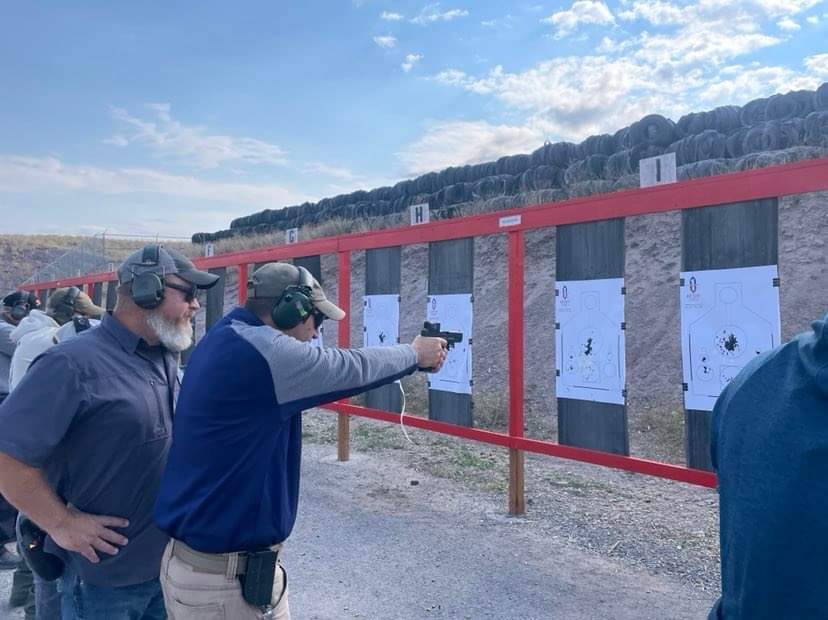
MLEA Mission statement:
“The mission of the Montana Department of Justice Law Enforcement Academy is to serve law enforcement agencies and the communities they represent by providing a positive atmosphere where relevant and realistic training for new and veteran public safety professionals can occur.”
If your department or agency would like to learn more about the RDS programs or other LE specific courses offered by Victory First, please contact via email: Matt@Victory-First.com or info@Victory-First.com
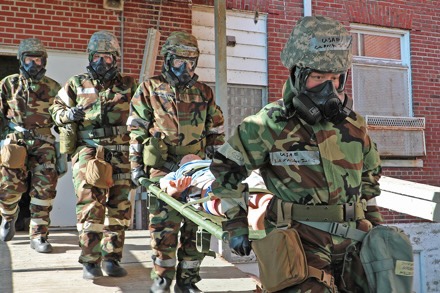
SELFRIDGE AIR NATIONAL GUARD BASE, Mich. – Aerospace medical technicians with the 127th Medical Group, Michigan Air National Guard, took part in an innovative form of combat lifesaving training during August drill, practicing the battlefield care program replacing self-aid buddy care.
“The Air Force adopted this training to begin to give definitive care to patients early on following a trauma,” said Maj. Patrick Frank, 127th Medical Group medical administrative officer. “They found, through historical evidence, that the earlier patients receive trauma care, the higher their survivability rate will be.”
The tactical combat casualty care training teaches ways to reduce casualties in the field by improving the lifesaving skills of medical and non-medical military personnel.
The training Aug. 15-16 included classroom instruction and a field training exercise to practice applying immediate care on the battlefield. Modules for the 127th Medical Group brought experiences during recent conflicts to life to increase trauma survivability.
“The training scenario was that a bomb had gone off in a building, and it was determined to be a dirty bomb,” Frank said, referring to a conventional explosive containing radiological material. “The medical teams responded, suited up in [mission-oriented protective posture] gear, entered the building, assessed their patients, and were able to get them out and to a casualty collection point.”
To train service members from career fields outside the medical realm, TCCC is offered in three courses. The training at Selfridge was designed for aerospace medical technicians, pararescue and other uniformed medical providers who may deploy to support combat operations.
“We thought that this would be a great opportunity for [our medics] to be in their MOPP gear, go to the front line to get the patients out, and do the lifesaving skills that they need to do to in order to make sure that the patient is safe,” said 1st Lt. Heather Salgat, 127th Medical Group clinical nurse.
Other TCCC course offerings include “combat lifesaver,” designed for non-medical military members deployed to a combat situation, and the “all service member” course for any uniformed service member.
With the successful completion of the TCCC, participating members of the 127th Medical Group are ready to perform the trauma care techniques that can help save more lives.
“We have a lot of new individuals who just joined our unit, and them being involved in this training is exciting and better prepares them for the warfight,” Salgat said. “I am so proud of my team. Everybody jumped into it and did exactly what they needed to do.”
By SSgt Andrew Schumann, 127th Wing Public Affairs
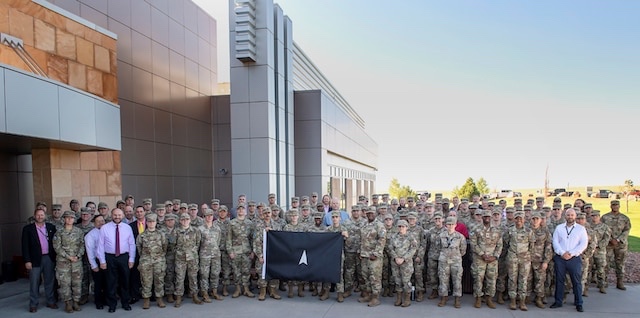
SCHRIEVER SPACE FORCE BASE, Colo. — Space Training and Readiness Command completed its first exercise iteration of SPACE FLAG (SPACE FLAG 22-3) since being accredited by the Joint Staff as a Joint National Training Capability.
SPACE FLAG is the first Department of Defense space exercise to receive JNTC-accreditation, joining the likes of the U.S. Air Force’s Red Flag and Green Flag exercises, as well as the U.S. Army’s Joint Warfighter Assessment and the U.S. Navy’s Fleet Synthetic Training.
SPACE FLAG 22-3, which ran from Aug. 8-19, was the largest iteration executed to date with approximately 120 participants from nearly a dozen U.S. Space Force Deltas, as well as members from the U.S. Air Force and the U.S. Army.
The U.S. Marine Corps’ Marine Space Support Team also imbedded members within the exercise, observing the Army’s 1st Space Brigade as part of an effort to integrate them as players in future iterations.
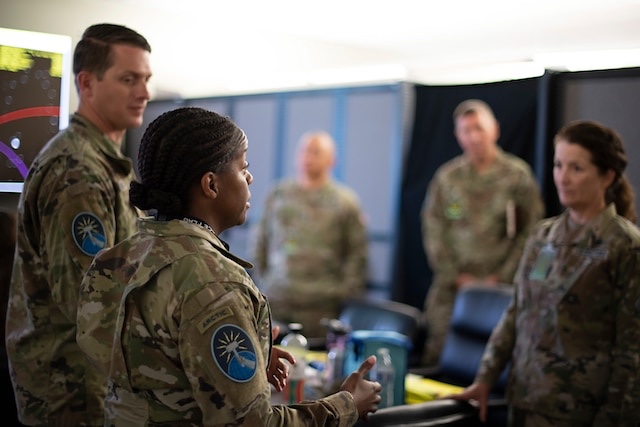
Considered a tactically-focused exercise, SPACE FLAG is designed to provide tactical space units with advanced training in a simulated contested, degraded and operationally-limited environment. The exercise is conducted using live, virtual and constructive simulations which immerse Guardians and participants into a synthetic virtual battlefield.
The 392d Combat Training Squadron’s organic BattleLab and Distributed Mission Operations Center presented a suite of simulators that allowed the training audience to exercise and refine combat tactics in space domain awareness, intelligence, warning and surveillance, navigation warfare, orbital warfare and satellite communications.
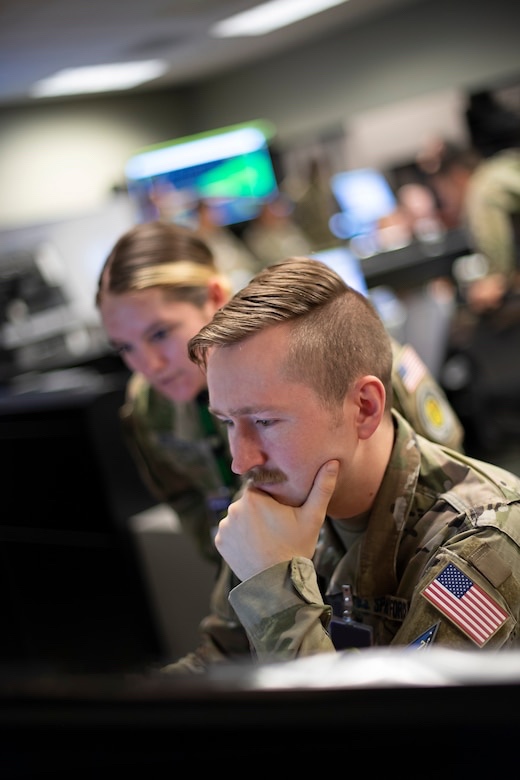
The exercise featured three vulnerability periods where combat missions were planned and then subsequently executed using high fidelity models to simulate warfighting effects. Each vulnerability period grew in complexity, allowing the training audience to adjust and apply lessons learned in the previous period.
“I really enjoyed watching our Soldiers, Airmen, and Guardians mission plan and then prosecute the fight against realistic threats to space capabilities,” said U.S. Army Col. Donald Brooks, 1st Space Brigade commander and senior leader for SPACE FLAG’s third and most complex vulnerability period.
Building upon training objectives established in previous iterations, SPACE FLAG 22-3 presented realistic modeling that challenged players to consider complex astrodynamics while maneuvering and operating during simulated on-orbit combat engagements.
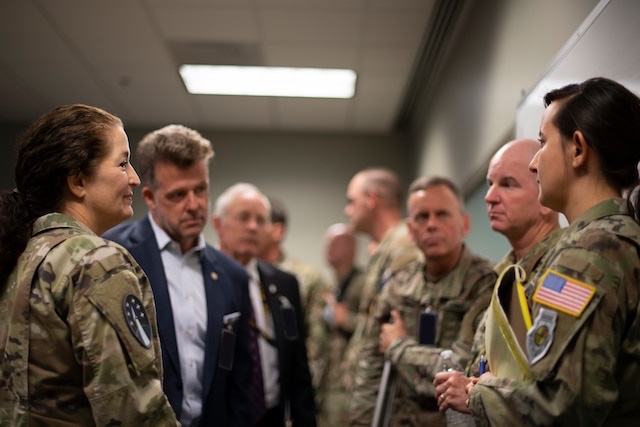
For the first time, the 5th Electronic Warfare Squadron participated in SPACE FLAG, giving space warfighters the opportunity to rehearse and visualize force packaging in ways not seen in any other exercise in the Department of Defense.
“My team spent the last six months working with tactical experts from the Army, the National Reconnaissance Office, and the Space Force to build the best exercise experience possible,” said U.S. Space Force 1st Lt. Deshawna Moore, SPACE FLAG 22-3 exercise director. “SPACE FLAG plays a key role in ensuring space forces are ready to win should our nation call us to defend national interest in space.”
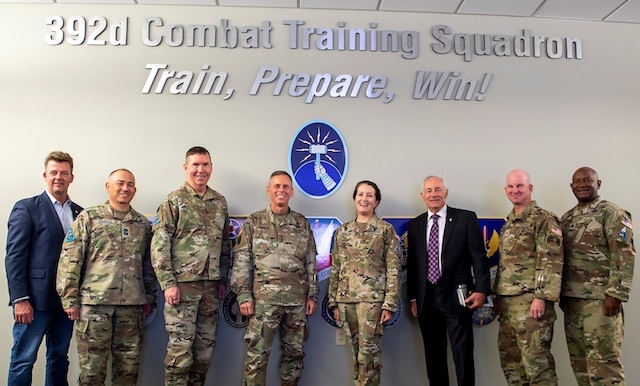
The next iteration of SPACE FLAG will occur in December, where STARCOM plans to train U.S. and Coalition space warfighters from multiple nations.
By Space Training and Readiness Command Public Affairs
Photos by Judi Tomich
OKINAWA, Japan —
High-risk emergencies can happen anytime and require the attention of a specific group known as the Special Reaction Team, or commonly referred to as SRT.
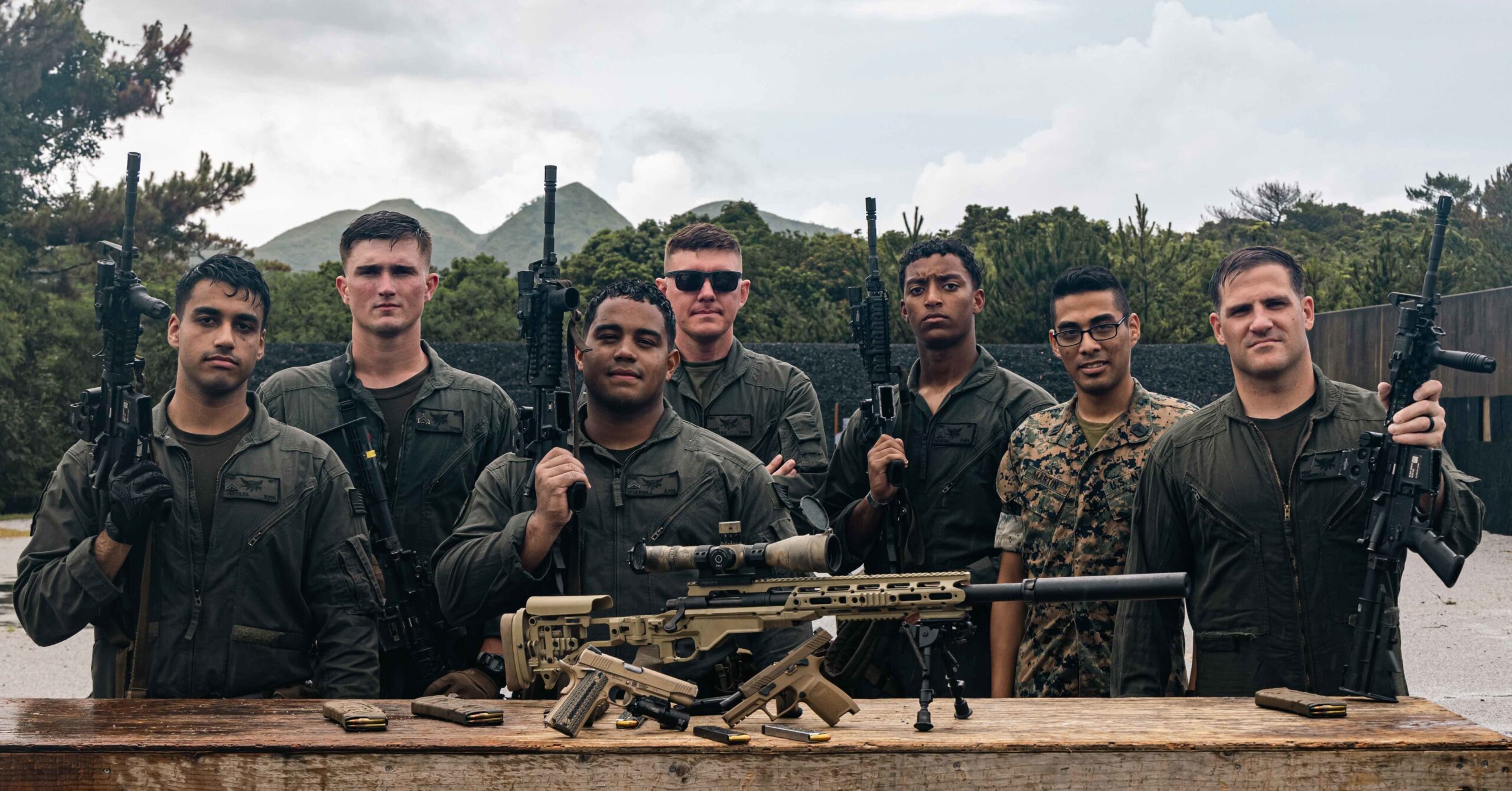
The members of SRT are attached to the Provost Marshal’s Office and are always on standby to respond to situations such as an active shooter, hostage situations, and barricaded subjects.
“Today, we shot from a tower structure to simulate engaging a hostile target from a sniper position. Afterward, we moved to a short range to practice static fire, multiple hostel engagements, and team movement drills,” said Gunnery Sgt. Russell Harned, team commander with SRT, Headquarters and Support Battalion, Marine Corps Installations Pacific. “We conducted a familiarization course of fire with an M40A6 rifle, Colt M45A1 Close Quarter Battle Pistol, P320-M18 pistol, and M4A1 Carbines.”
To remain proficient, SRT practices marksmanship weekly by conducting range firing and team tactics. As they continue to train, the team members have adapted to work not only with a dynamic approach but also with a psychological one.
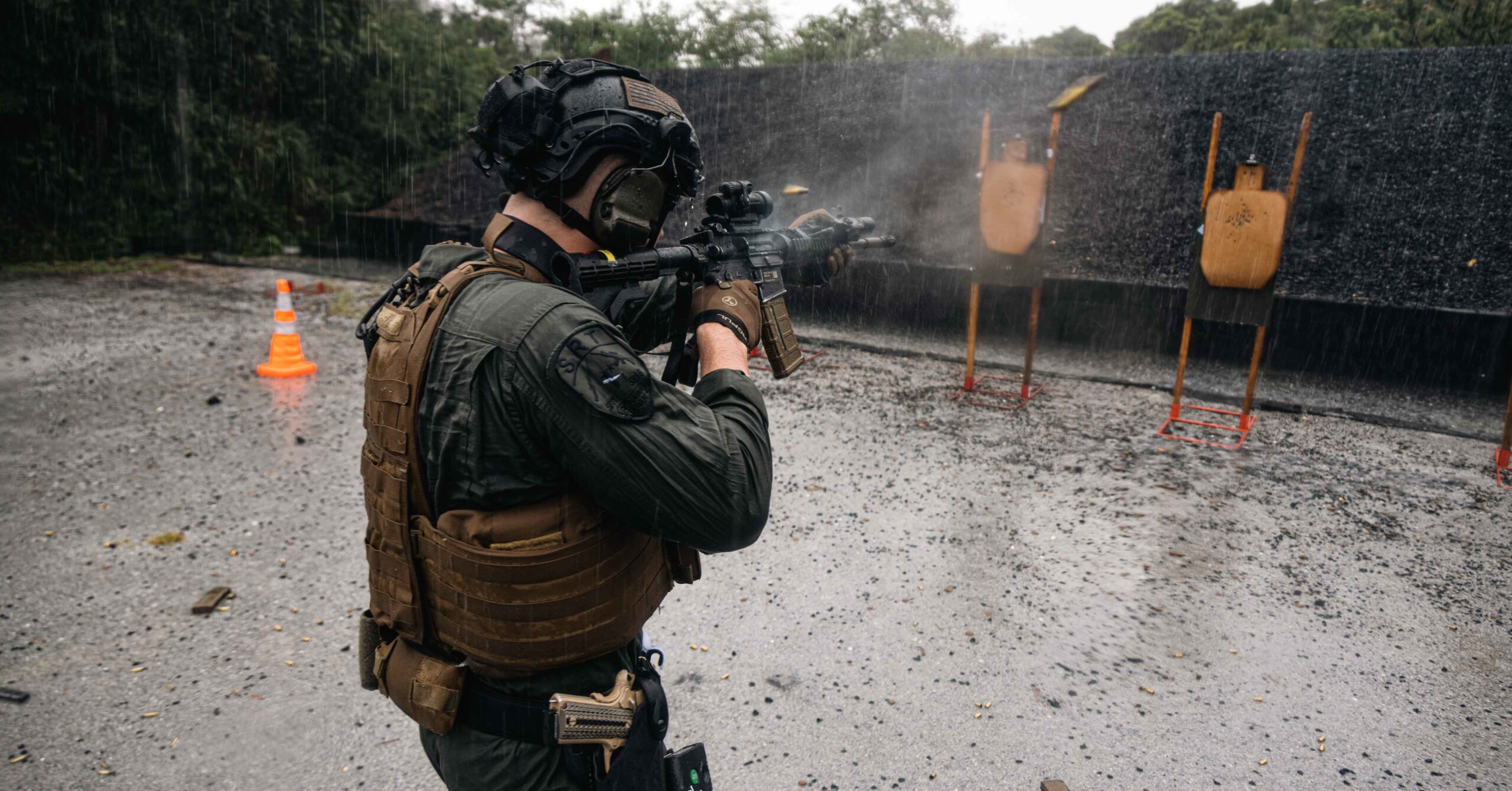
“The way we execute the mission at hand has drastically changed,” said Harned, “We still enter structures in a dynamic style, referring to kicking down doors, but we now take into account a psychological approach, to understand what the individual inside is thinking and what we can do to help them.”
SRT works on an emergency basis. When a threat is deemed too high risk for a patrolman, SRT receives a call to neutralize the subject. Their main goal is to contain, control, and dominate a threat psychologically or physically.
“My job is to protect and save lives,” said Cpl. Dylan Diamond, a team leader with SRT, H&S Battalion, MCIPAC. “Our job as a team is to protect all service members, Status of Forces Agreement Personnel, and local nationals on base. When we arrive at a site, we resolve the situation promptly, with minimal property damage.”
Diamond explained that he sees SRT continuing to move positively by adapting to the new situations and developing new tactics to protect bases across Okinawa further. Diamond explained that they will continue to grow and work as a team, furthering their goal to contain, control, and dominate a threat psychologically or physically.
By LCpl Jonathan Beauchamp, Marine Corps Installations Pacific